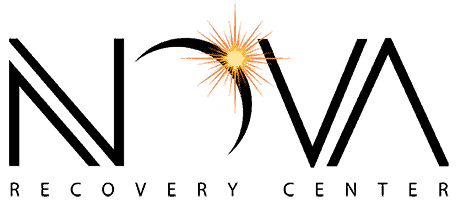Herbal Drugs: Evidence, Safety, Interactions, and How to Choose Wisely
GET HELP TODAY!
100% Confidentiality Guaranteed


What are “herbal drugs”? In everyday use, the term refers to plant‑derived products—also called herbal medicines, botanicals, or phytomedicines—taken to support health or address symptoms. They can be sold as teas, powders, tinctures, capsules, tablets, and standardized extracts. In the U.S., most of these products are sold as dietary supplements, not as prescription drugs.
Key point: A product can be “natural” and still act like a drug in your body—with benefits, side effects, and interactions.
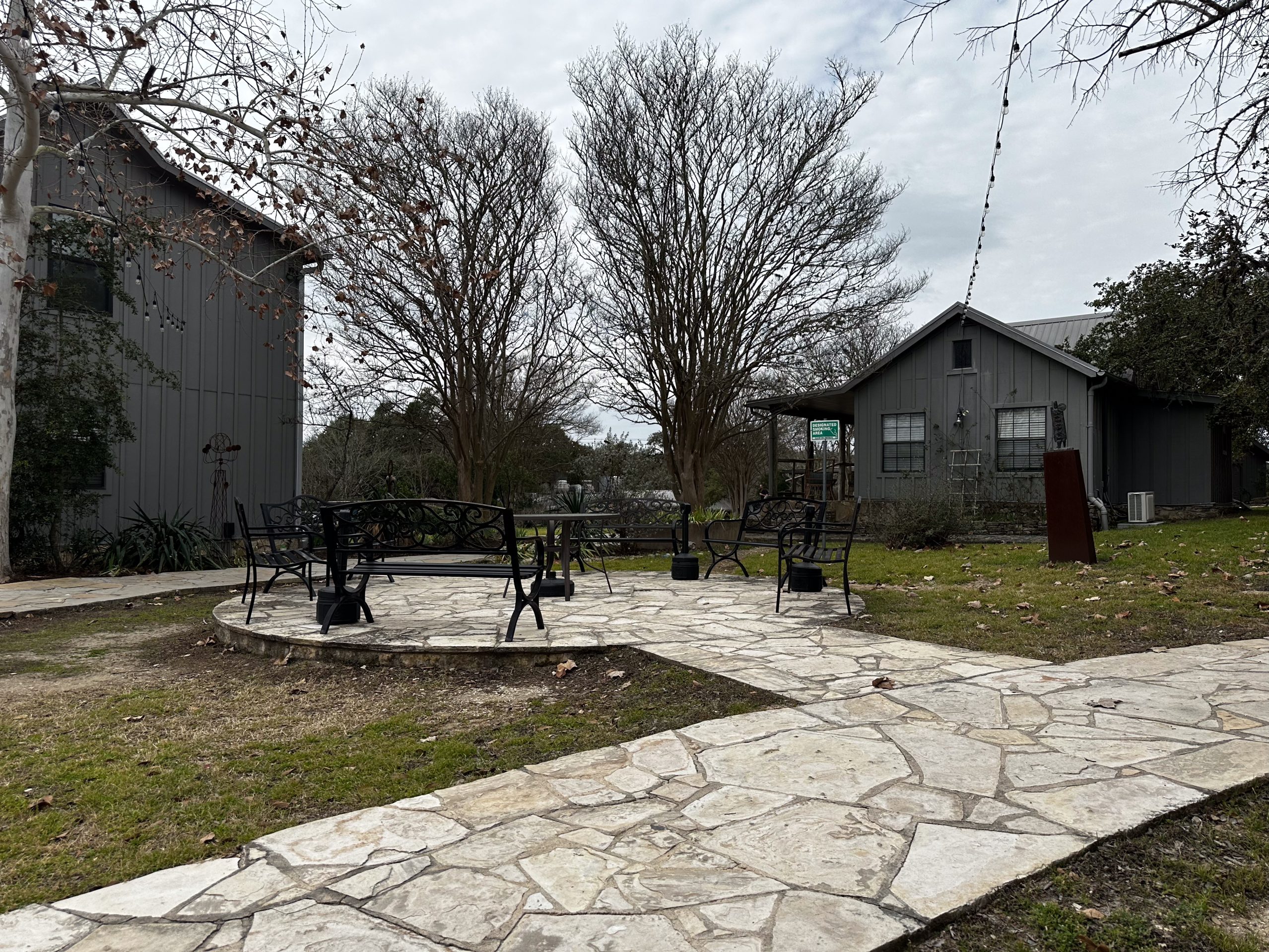




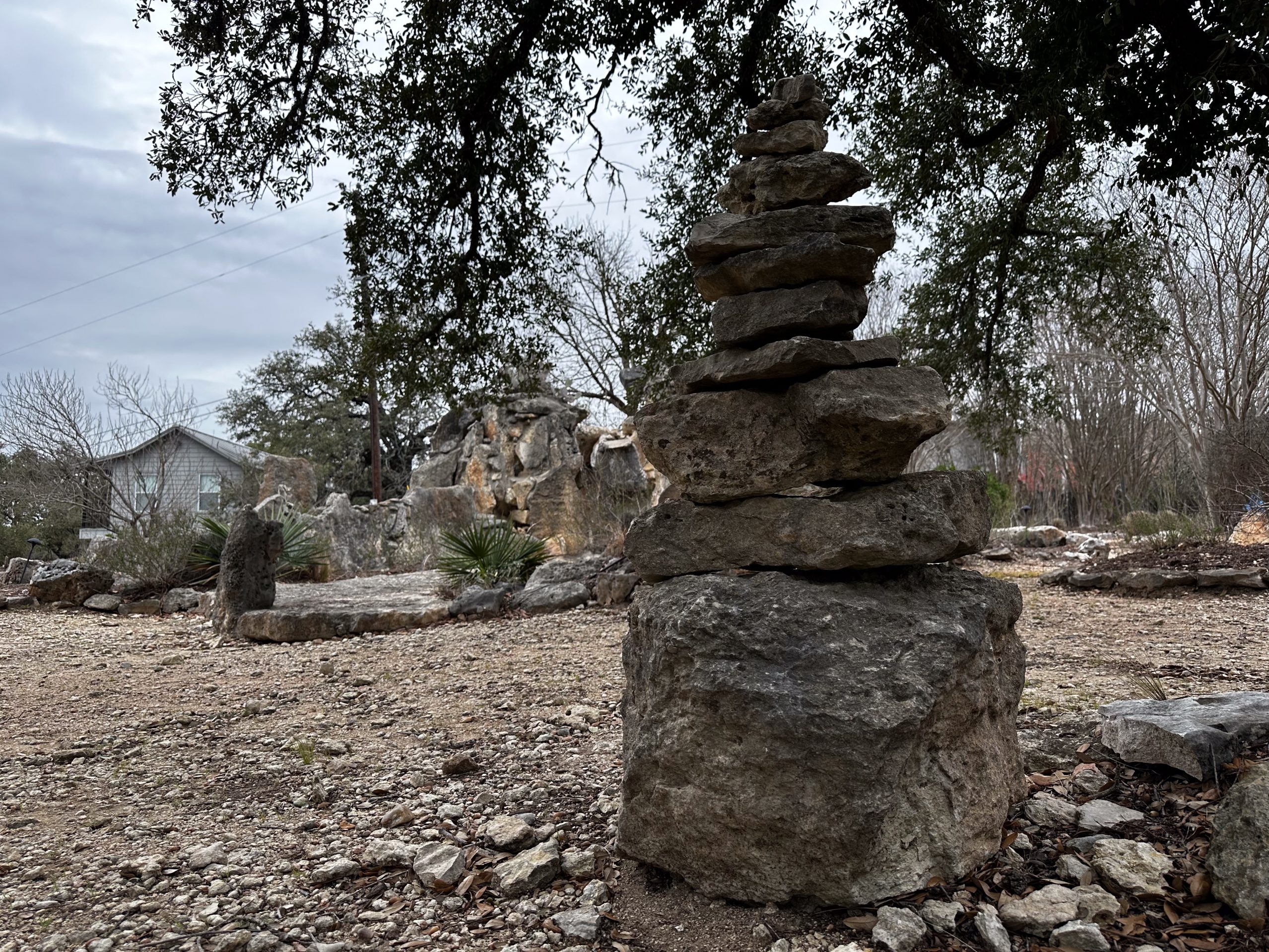
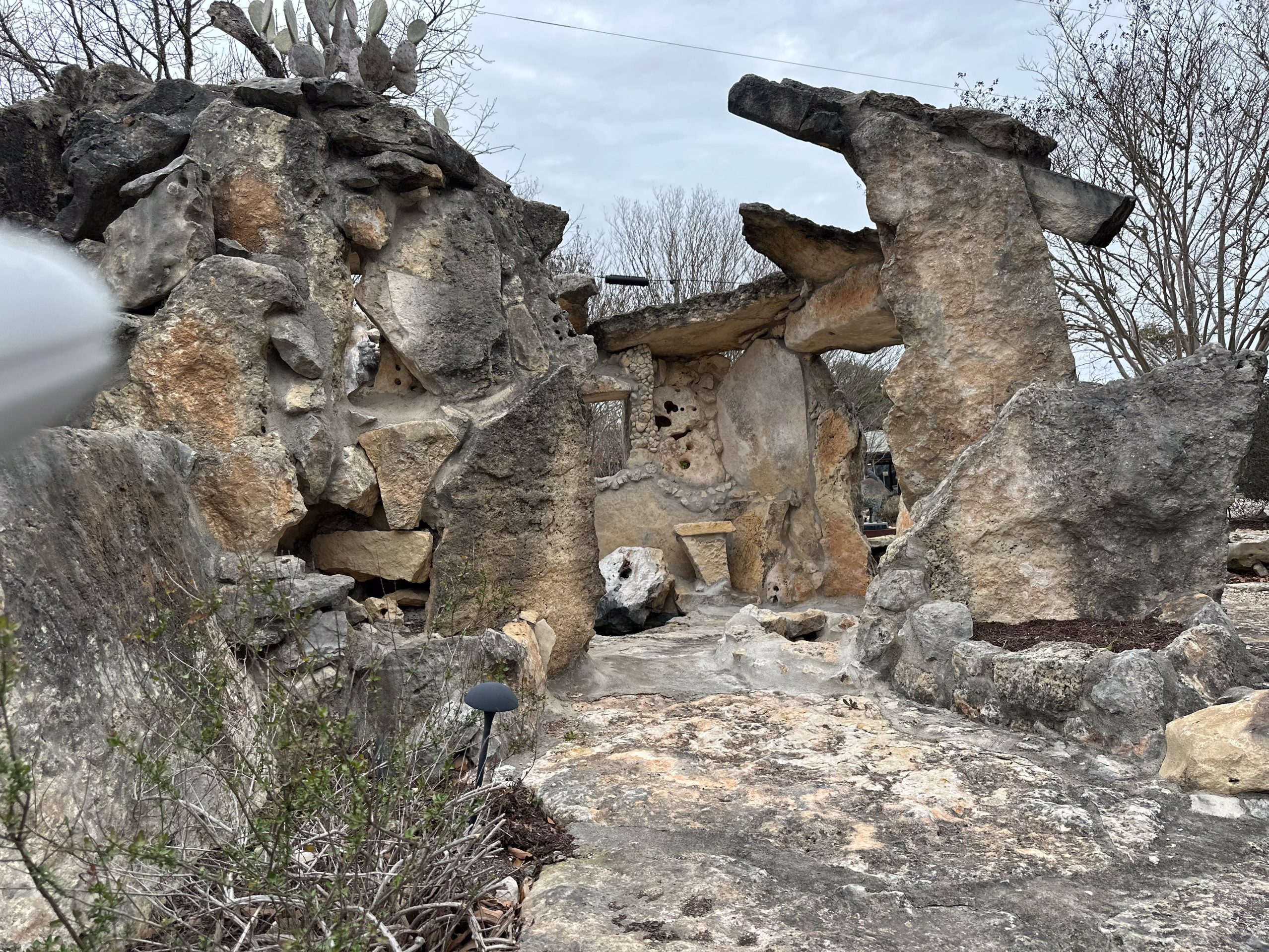

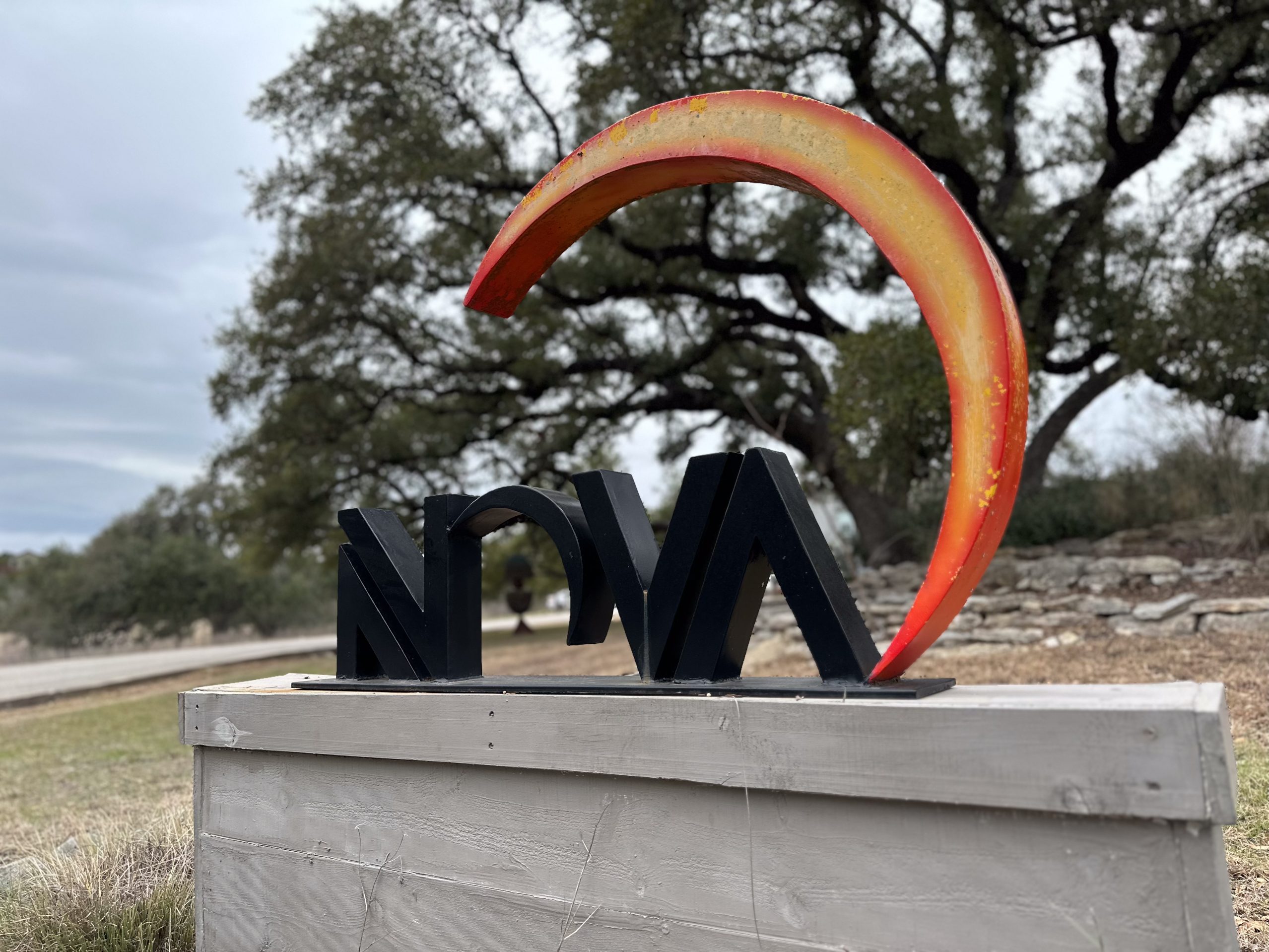
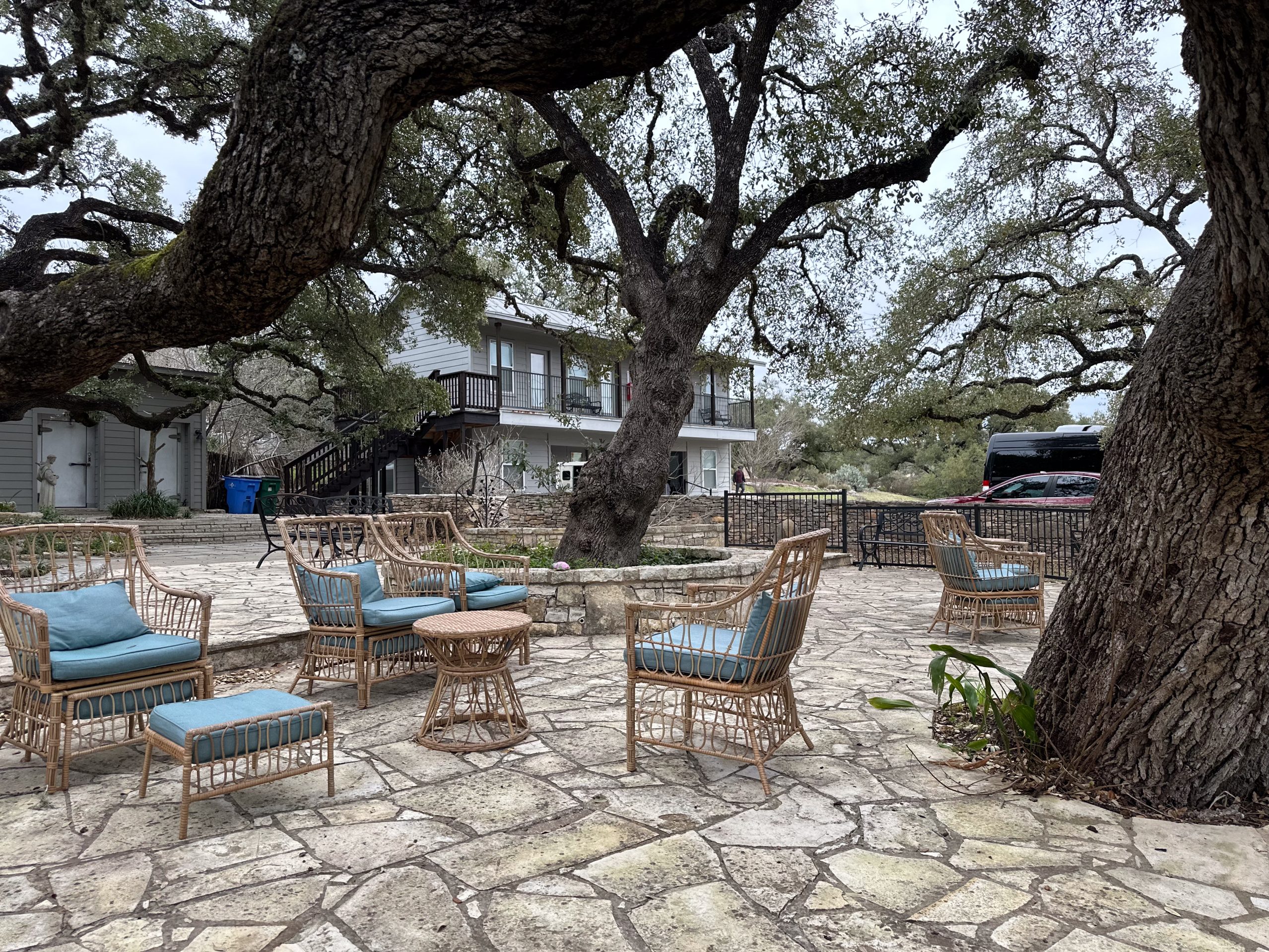
How herbal drugs are (and aren’t) regulated in the U.S.
In the United States, herbal products are usually regulated as dietary supplements under DSHEA (1994), which means they are not approved by the FDA for safety or effectiveness before marketing. Companies are responsible for product safety, labeling, and quality (GMPs); FDA can act if a product is adulterated, misbranded, or unsafe, but pre‑market approval like medicines isn’t required.
To judge quality, consumers can look for independent testing seals (e.g., USP, NSF) that verify identity, strength, and contaminant limits—though seals do not prove clinical effectiveness.
Do herbal drugs work? What the evidence says
Evidence for herbs ranges from strong and condition‑specific (e.g., St. John’s wort for mild‑to‑moderate depression in some studies) to limited or conflicting for many others. Plant‑derived compounds have also given rise to important modern medicines (for example, aspirin from willow and artemisinin from Artemisia annua). But claims vary widely, so it’s essential to look at high‑quality, human studies.
For a neutral overview, NIH and NCCIH maintain A–Z summaries that cover what’s known, typical dosing ranges in studies, side effects, and interactions.
Safety first: herb–drug interactions, contaminants, and special situations
Because herbs are pharmacologically active, they can interact with prescription medicines (pharmacokinetic and pharmacodynamic interactions), carry direct toxicity risks, and, in rare cases, be contaminated (e.g., with other drugs or adulterants). Treat them with the same respect you’d give a medicine.
Herb–drug interactions. A classic example is St. John’s wort, which induces CYP3A4 and can weaken many prescription drugs (oral contraceptives, some antivirals, immunosuppressants, anticoagulants, certain anticancer drugs). It can also raise serotonin when combined with serotonergic drugs.
Liver safety. Kava has been linked to liver injury, prompting FDA advisories; caution is warranted, particularly in people with liver disease or those taking hepatotoxic drugs.
Quality variability. Some supplements have been found to vary widely in active constituents or contain contaminants; stick with brands that follow GMPs and preferably carry USP/NSF verification.
Life stages & surgery. Pregnancy, breastfeeding, childhood, advanced age, and pre‑operative periods warrant extra caution and clinician guidance.
Checklist before you start any herbal product
Tell your clinician and pharmacist; 2) Screen for interactions; 3) Choose third‑party–tested products; 4) Start low, monitor effects; 5) Stop and seek care if adverse effects occur.
Forms and labels: how to read what you’re buying
Herbal products come as dried plant material, tinctures, standardized extracts, and blended formulas. U.S. supplement labels carry a “Supplement Facts” panel and may include structure/function claims (e.g., “supports mood”) but not disease treatment claims. Look for standardized extracts when evidence references specific marker compounds.
Common herbal drugs and what the science says
This section blends your Column‑B keywords with evidence‑based context. It is not medical advice. Please involve a qualified clinician—especially if you take prescription medicines or live with mood disorders.
Mood and mental health
St. John’s wort (Hypericum perforatum) — depression
Evidence: Multiple studies suggest benefit for mild‑to‑moderate depression; results are mixed overall. Not established for severe depression.
Risks & interactions: Major interaction potential (CYP3A4 induction; serotonin elevation). Do not combine with many antidepressants, oral contraceptives, immunosuppressants, or anticoagulants without medical supervision. Photosensitivity is possible.
Ashwagandha (Withania somnifera) — stress, anxiety, adjunctive use
Evidence: Popular adaptogen with emerging data for stress and anxiety; data for depression are limited.
Risks & interactions: Reports of liver injury are rare but documented; thyroid effects are possible; caution with immunosuppressants, blood pressure, blood sugar, and thyroid medications. Regarding ashwagandha with antidepressants (e.g., Wellbutrin/bupropion), high‑quality data are limited; some references flag possible risk (e.g., hepatic concerns with bupropion; theoretical pharmacodynamic issues). Consult your prescriber before combining.
Valerian (Valeriana officinalis) — sleep
Evidence: Mixed evidence for insomnia; some users report benefit.
Risks & interactions: May increase sedation when combined with alcohol, benzodiazepines, narcotics, and some sleep aids.
Kava (Piper methysticum) — anxiety
Evidence: Some studies suggest anxiolytic effects.
Risks & interactions: Liver toxicity has been reported; FDA issued advisories. Avoid in liver disease and with hepatotoxic drugs unless closely supervised.
Ginkgo (Ginkgo biloba) — cognition
Evidence: Mixed results for memory support; some subgroups may benefit.
Risks & interactions: May increase bleeding risk with anticoagulants/antiplatelets; other interactions possible.
Liver and metabolic health
Milk thistle (Silybum marianum)
Evidence: Insufficient or conflicting for most liver conditions; some small studies on glycemic control show signals but aren’t definitive.
Quality concerns: Reports of variable silymarin content and potential contaminants (e.g., mycotoxins) in some products.
Digestive comfort & nausea
Ginger (nausea), peppermint (IBS/enteric‑coated oil), chamomile (soothing). Always screen for drug interactions and allergies. (General consumer guidance; see A–Z monographs for details.)
Immune & respiratory
Echinacea (colds): evidence remains mixed; some preparations may differ significantly. (Check specific monographs.)
Synthetic Herbal Drugs
More Time. More Joy. More You. Start Now.
WE ACCEPT MOST INSURANCES







How to choose a high‑quality herbal product (fast checklist)
Company transparency: Clear species name (Latin binomial), plant part, extraction ratio, and standardized activeswhen relevant.
Third‑party seals: USP, NSF (quality/testing). Not proof of efficacy, but better for identity, strength, and purity.
Label discipline: Look for Supplement Facts panel, lot/batch numbers, and a way to report adverse events.
Dosing parity: Match doses and forms used in the studies you’re relying on; don’t extrapolate from teas to high‑potency extracts.
Interaction check: Always review interactions (NCCIH “Herb–Drug Interactions”).
When to avoid self‑experimentation
You’re pregnant, breastfeeding, under 18, over 70, immunocompromised, scheduled for surgery, or live with liver/renal disease, arrhythmia, epilepsy, or bipolar disorder. Consult a clinician before starting any herbal product.
How Nova Recovery Center Helps With Herbal Drug Addiction and Abuse
Nova Recovery Center provides comprehensive treatment for individuals struggling with herbal drug addiction or abuse. While herbal drugs are often perceived as safe because they are “natural,” misuse or overuse can still lead to dependency, mental health challenges, or dangerous interactions with prescription medications. At Nova, clients begin with a thorough assessment to uncover the underlying issues driving substance use, including co-occurring mental health conditions. The center offers evidence-based therapies such as cognitive behavioral therapy (CBT), motivational interviewing, and group counseling to address both the physical and psychological aspects of recovery. Clients also benefit from holistic care, including wellness activities and relapse prevention strategies that strengthen long-term sobriety. With a structured program and individualized treatment plans, Nova helps people understand the risks of herbal drug misuse and learn healthier coping mechanisms. Support extends beyond the inpatient program through outpatient services, sober living options, and aftercare planning. By combining medical expertise with compassionate care, Nova Recovery Center empowers clients to rebuild their lives free from the cycle of herbal drug abuse.
Freedom Starts Here. Take Back Your Life Today.
Same-Day Admissions in Austin Available.
Herbal Drugs FAQ: Uses, Risks, Interactions, and Natural Remedies Explained
What are herbal drugs?
Plant‑based products (herbal medicines/botanicals) used to maintain health or relieve symptoms; in the U.S. they’re usually sold as dietary supplements, not prescription drugs.
Are herbal drugs regulated like prescription medicines?
No. Under DSHEA, supplements aren’t FDA‑approved for safety or effectiveness before marketing. Manufacturers must follow GMPs and are responsible for safety and labeling; FDA can act if problems arise.
Do herbal drugs really work?
Some do for specific uses (e.g., St. John’s wort for mild‑to‑moderate depression in some studies), but many claims remain unproven or mixed. Always check high‑quality reviews.
Can herbal drugs interact with prescriptions?
Yes—sometimes dangerously. St. John’s wort can reduce levels of many drugs (CYP3A4 induction) and increase serotonin with certain antidepressants; ginkgo may raise bleeding risk with anticoagulants.
Are herbal drugs safe because they’re “natural”?
“Natural” ≠ “safe.” Herbs can have side effects, toxicity, and interactions, and supplements may vary in quality.
Which herbal drugs are commonly used for mood?
St. John’s wort (depression), kava (anxiety), valerian (sleep), ashwagandha (stress/anxiety). Each has cautions and interaction concerns—medical guidance recommended.
Can I take ashwagandha with Wellbutrin (bupropion)?
High‑quality data are limited. There are theoretical and case‑based concerns (e.g., liver risk, thyroid effects); speak with your prescriber before combining.
How do I choose a quality herbal supplement?
Favor brands with USP/NSF verification, transparent labels (species/part/extract/standardization), and strong GMPs; remember quality seals don’t prove efficacy.
Is kava safe for anxiety?
Some evidence suggests benefit, but liver injury has been reported; FDA has issued advisories. Avoid if you have liver disease or take hepatotoxic drugs.
